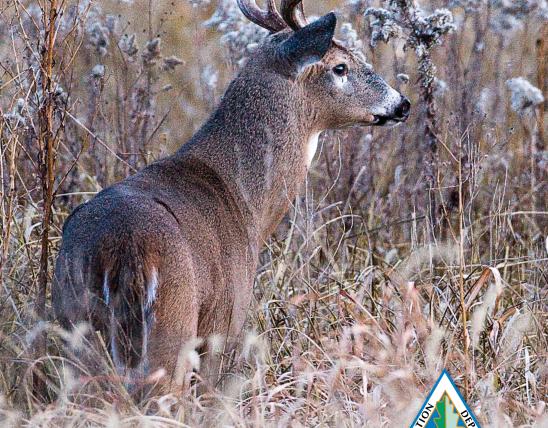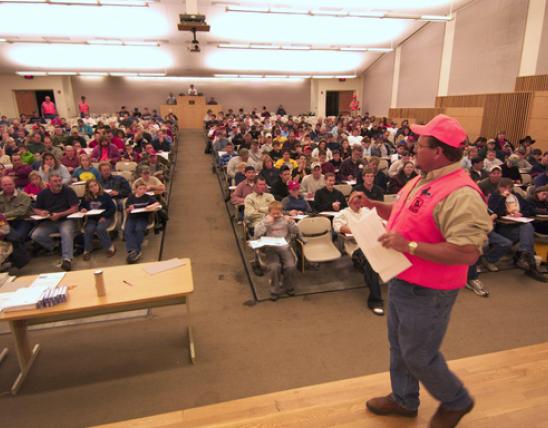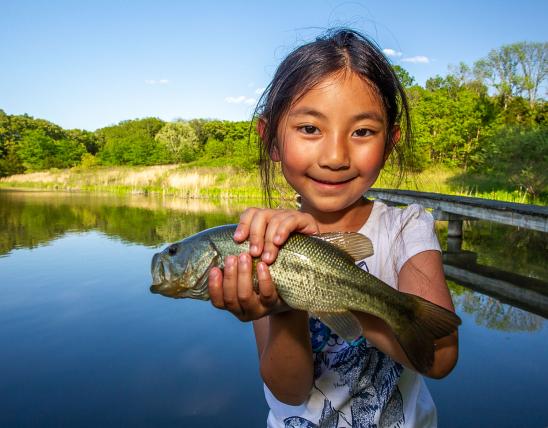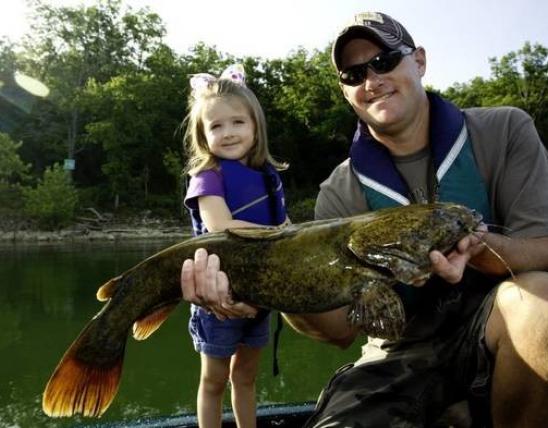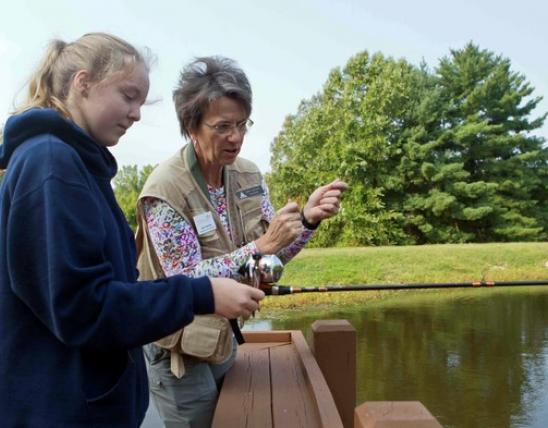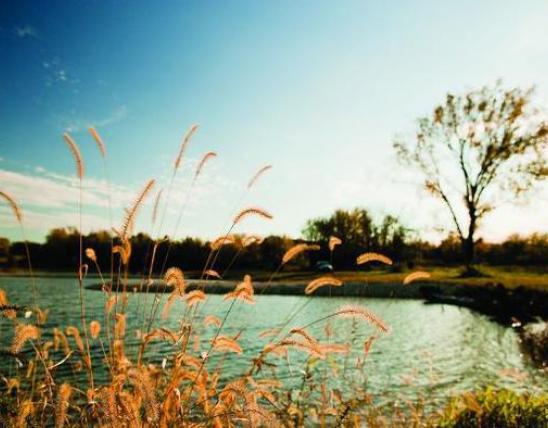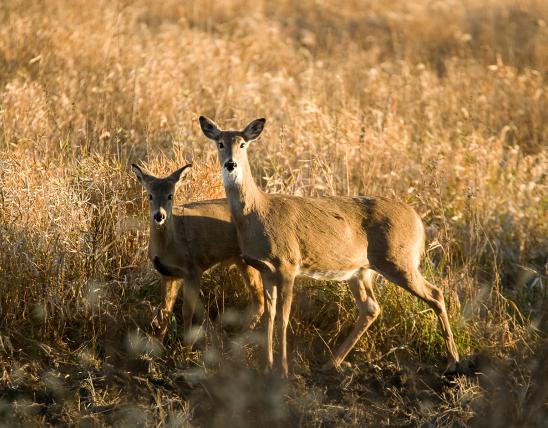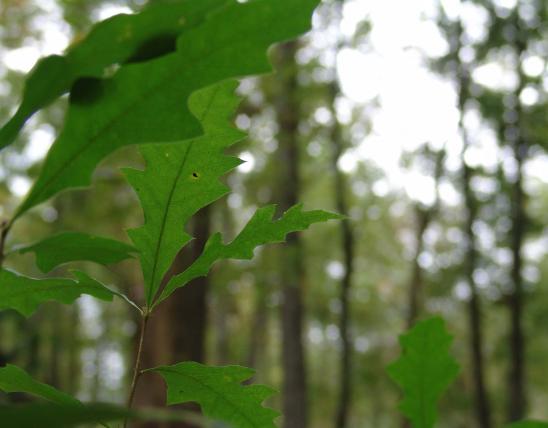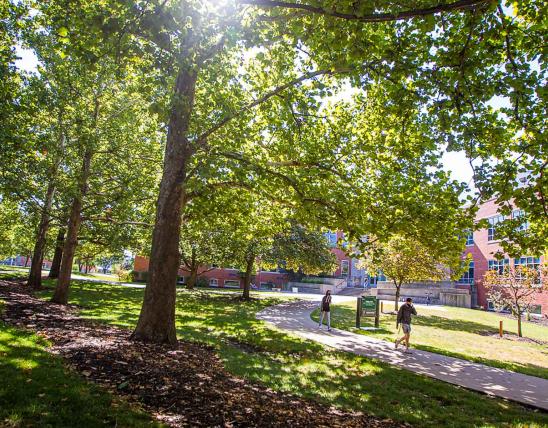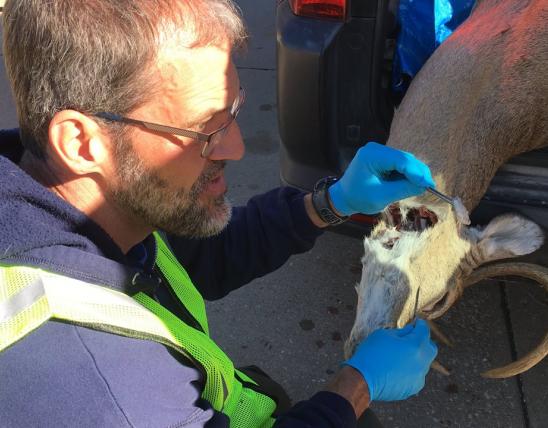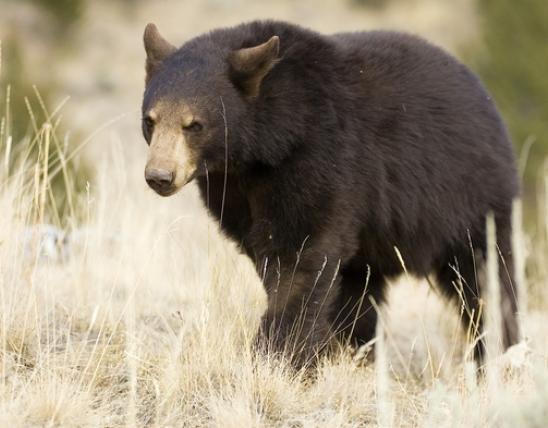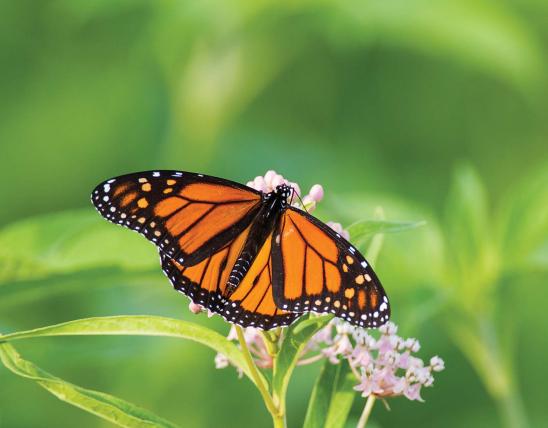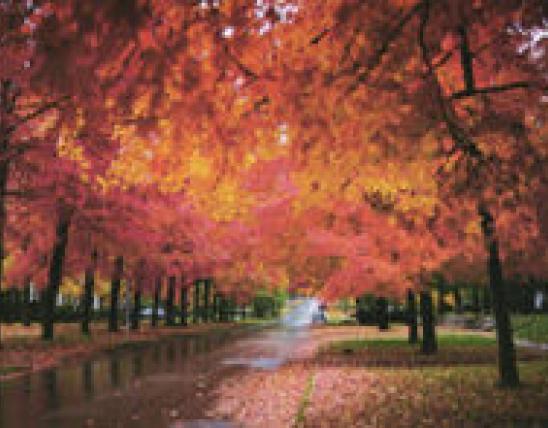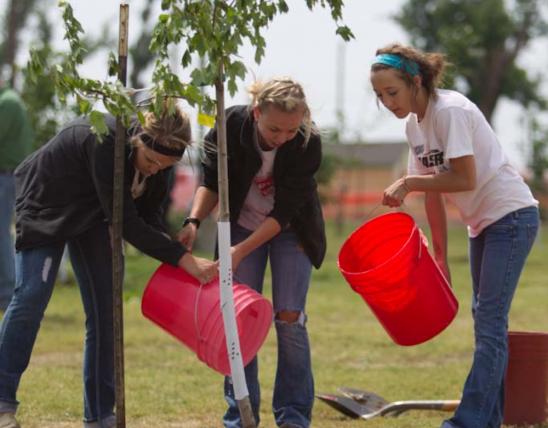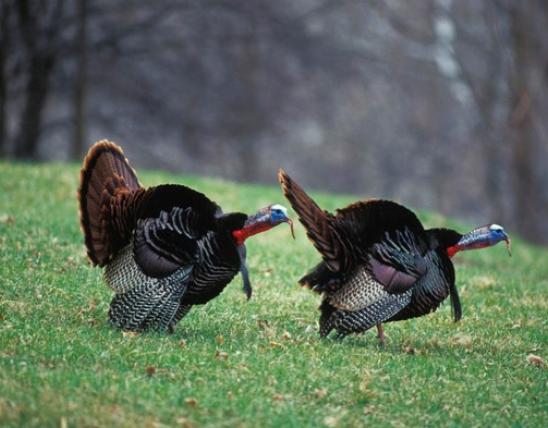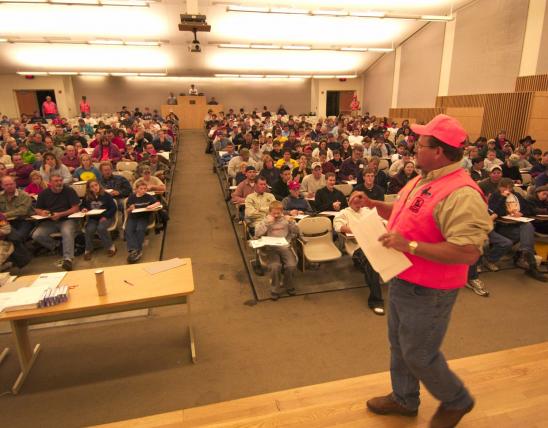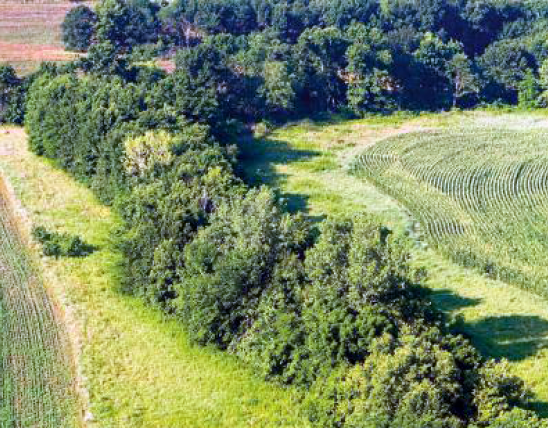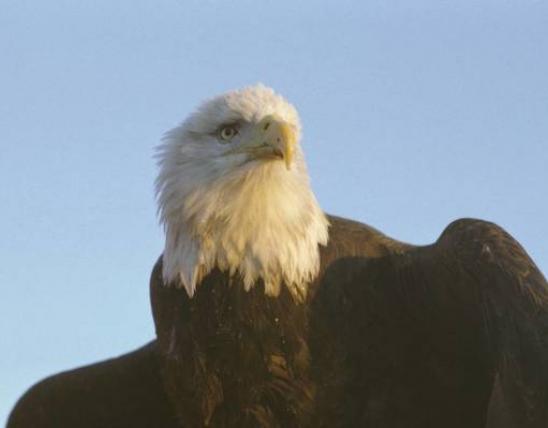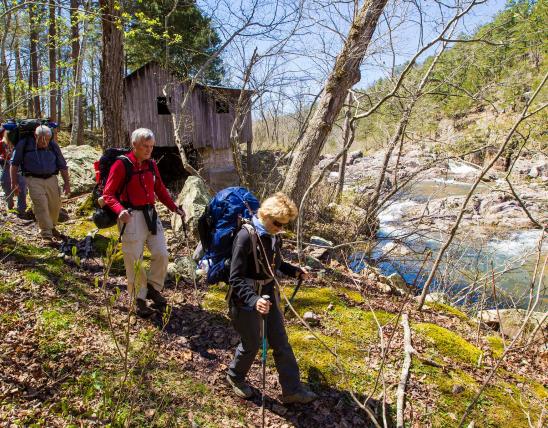Wildflowers, Grasses and Other Nonwoody Plants
Media

Species Types
Scientific Name
Phlox pilosa
Description
Downy phlox, also called prairie phlox, is a perennial wildflower with lance-shaped leaves and showy, rounded clusters of pink or lavender flowers. It is similar to blue phlox, but it grows more often in prairies and other open, sunny, and drier habitats.
Media
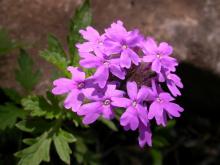
Species Types
Scientific Name
Glandularia canadensis (formerly Verbena canadensis)
Description
One of our jazziest spring flowers, rose verbena catches your eye in the prairies and open areas it prefers. At first glance, you might think this is a type of phlox, but the rough, lobed and toothed foliage will tell you a different story.
Media
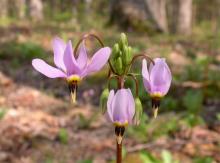
Species Types
Scientific Name
Primula meadia (syn. Dodecatheon meadia)
Description
A beloved native spring wildflower, shooting star makes a lasting impression on hikers who encounter a nice big colony of these downward-pointing pink, white, or purplish flowers.
Media

Species Types
Scientific Name
Festuca arundinacea
Description
You’ve seen it a million times, now learn to identify it! Technically an exotic invasive plant, tall fescue is practically everywhere, from lawns to levees, and from pastures to (unfortunately!) prairies.
Media
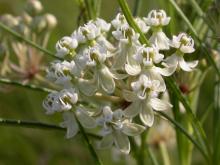
Species Types
Scientific Name
Subfamily Asclepiadoideae
Description
Milkweeds are a group of plants that used to have their very own family. Now part of the dogbane family, they’re still a pretty distinctive group.
See Also
About Wildflowers, Grasses and Other Nonwoody Plants in Missouri
A very simple way of thinking about the green world is to divide the vascular plants into two groups: woody and nonwoody (or herbaceous). But this is an artificial division; many plant families include some species that are woody and some that are not. The diversity of nonwoody vascular plants is staggering! Think of all the ferns, grasses, sedges, lilies, peas, sunflowers, nightshades, milkweeds, mustards, mints, and mallows — weeds and wildflowers — and many more!

